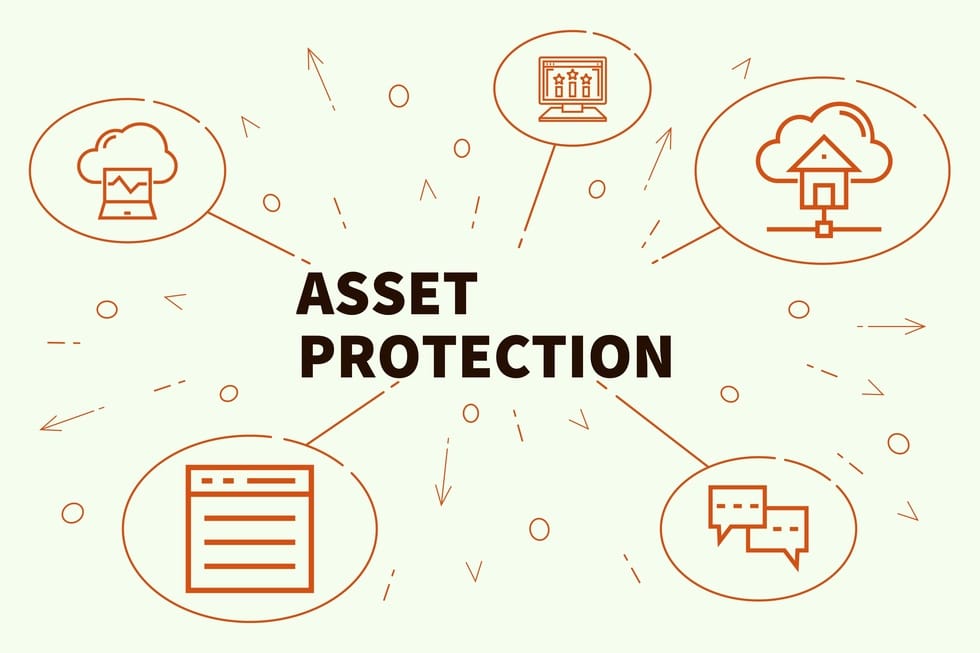Using OSINT for Cybersecurity: Protecting Your Digital Assets 🕵️

Introduction
In the ever-evolving landscape of cybersecurity, OSINT can be a crucial tool for identifying threats and protecting your digital assets. Let’s dive into three key learning points and introduce three essential tools to bolster your cybersecurity defences using OSINT.
Learning Point 1: Identifying Threat Actors 📚
- Dark Web Monitoring: Keep an eye on the dark web for mentions of your organisation or potential threats.
- Social Media Surveillance: Monitor social media platforms for discussions or posts that may indicate a threat.
- Threat Intelligence Feeds: Subscribe to threat intelligence feeds for updates on emerging threats and vulnerabilities.
Learning Point 2: Vulnerability Assessment 🔍
- Public Exploits: Search for publicly available exploits and vulnerabilities related to your software and systems.
- Code Repositories: Monitor code repositories like GitHub for exposed sensitive information or security issues.
- Network Scanning: Use network scanning tools to identify open ports and vulnerable services in your infrastructure.
Learning Point 3: Incident Response 💼
- Digital Footprint Analysis: Analyse digital footprints to trace the origin of attacks and gather intelligence on attackers.
- Forensic Investigation: Utilise OSINT tools to assist in digital forensic investigations following a security incident.
- Security Audits: Conduct regular security audits using OSINT techniques to identify and mitigate risks.
Top 3 OSINT Tools ⚙️
- Shodan: A search engine for internet-connected devices, useful for identifying vulnerable systems.
- VirusTotal: Analyses files and URLs for viruses, worms, and other malware.
- Censys: Provides insights into the state of hosts and networks, revealing exposure to potential threats.
Conclusion
Incorporating OSINT into your cybersecurity strategy can significantly enhance your ability to detect and respond to threats. With the right knowledge and tools, you can protect your digital assets and stay ahead of cyber adversaries. Stay secure! 💻